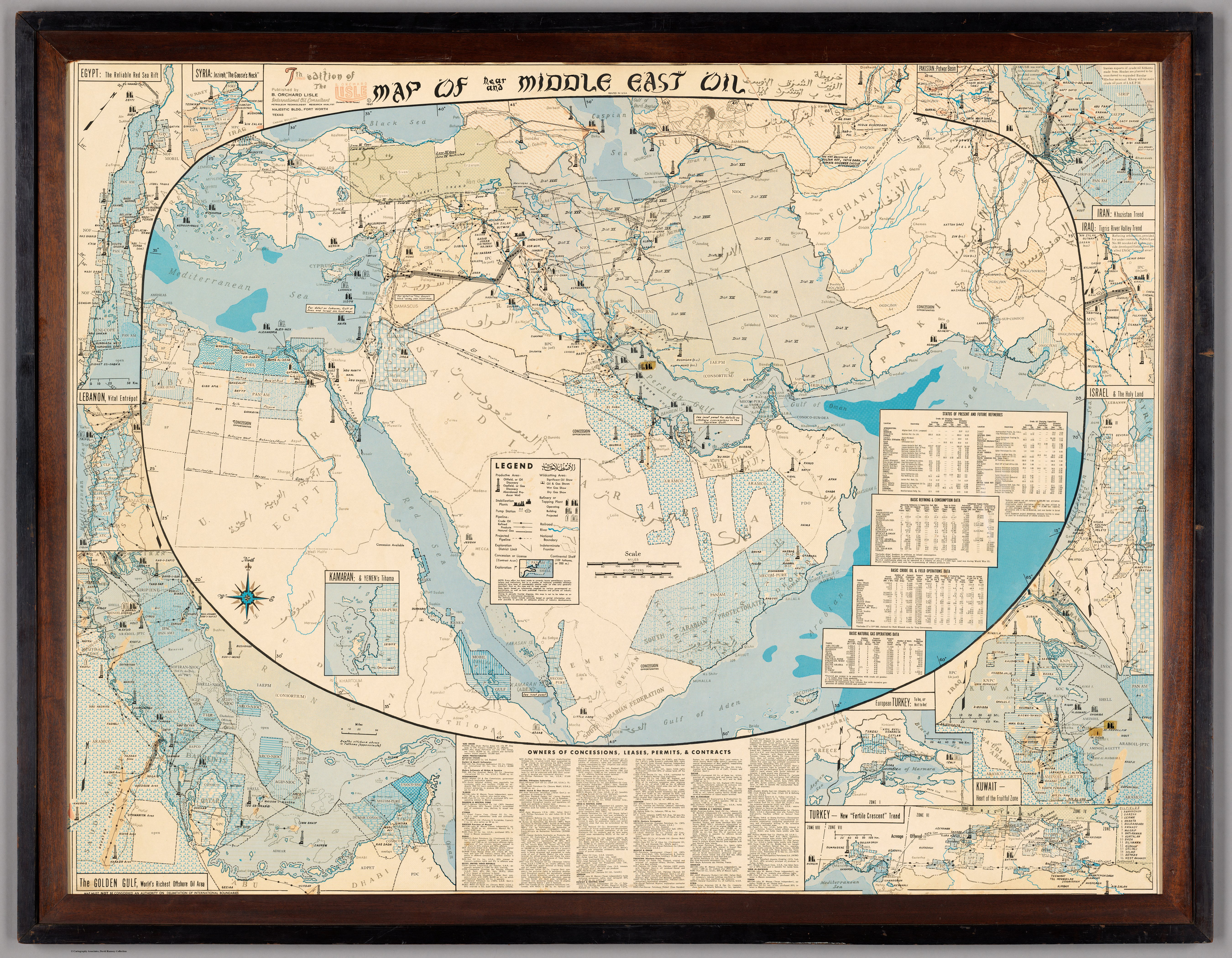
By Sanskriti Global Exports by Himanshu Gupta
Navigating the Next Wave: A Strategic Analysis for India's Trade Professionals
Date: October 15, 2025
In the ever-shifting currents of global commerce, staying ahead requires not just information, but strategic foresight. This week’s trade data and policy announcements present a landscape of significant opportunity tempered with familiar challenges. From landmark digital infrastructure rollouts by the DGFT to pivotal movements in long-awaited trade agreements and the quiet revolution of AI in our ports, the developments are multifaceted. For the discerning Indian importer and exporter, these are not merely news items; they are signposts indicating where the path to growth and efficiency lies. This analysis will dissect the key events from the past week, offering a clear-eyed view of their practical implications for your business operations.
Factual Summary: The Week's Key Trade Developments
Based on the latest dispatches and government circulars, here are the most impactful developments that have shaped the trade environment this week:
1. DGFT Launches 'Trade Facilitation Portal 2.0' Nationwide: The Directorate General of Foreign Trade (DGFT) has officially launched its next-generation unified digital platform. Dubbed 'Trade Facilitation Portal 2.0', the system aims to consolidate all licensing, compliance, and reporting functions into a single, intelligent dashboard. Early reports indicate the portal uses AI-powered document verification to reduce processing times and features a robust, real-time logistics and consignment tracking module that integrates with the ICEGATE system and major port terminals.
2. Breakthrough Achieved in India-UK FTA Negotiations: After months of protracted negotiations, sources close to the Ministry of Commerce and Industry have confirmed a significant breakthrough in the India-UK Free Trade Agreement talks. The impasse on rules of origin for automotive components and market access for British dairy products has reportedly been resolved through a phased tariff reduction plan. Crucially, major headway has been made in the services chapter, with agreements on mutual recognition of professional qualifications in sectors like law, architecture, and financial services.
3. CBIC Implements AI-Powered Risk Management at Major Ports: The Central Board of Indirect Taxes and Customs (CBIC) has completed the first phase of its AI-driven risk management system (RMS) deployment at Nhava Sheva (JNPT), Mundra, and Chennai ports. The new system analyzes over 300 parameters—including importer history, country of origin, commodity type, and shipping routes—to instantly classify consignments. The goal is to significantly expand the 'Green Channel' for highly compliant importers, allowing for immediate clearance, while flagging high-risk cargo for more intensive scrutiny, thereby reducing port dwell times overall.
4. Electronics PLI Scheme Review Signals Strong Performance: A mid-term review of the Production-Linked Incentive (PLI) scheme for Large-Scale Electronics Manufacturing has yielded positive results. The review highlighted that participating companies are on track to exceed their investment and production targets. More importantly, it noted a 15% year-on-year increase in domestic value addition for mobile phone manufacturing, indicating a deepening of the local supply chain for components like display assemblies and mechanics.
Implications for Indian Import-Export Professionals
Translating these headlines into actionable strategy is paramount. Here is our analysis of what these developments mean for your day-to-day operations and long-term planning:
- Embrace Digital-First Compliance: The DGFT's Portal 2.0 is not just an upgrade; it's a fundamental shift. Businesses still reliant on manual processes or third-party agents for routine filings will face significant efficiency disadvantages. Action Point: Invest in training your teams immediately on the new platform. Explore API integrations with your existing ERP systems to automate data flow and minimize human error, which will be crucial for leveraging the portal's full potential for faster clearances.
- Prepare for the UK Market Pivot: The impending India-UK FTA will open one of the world's most developed markets. For service exporters in IT, fintech, and business consulting, the mutual recognition of qualifications is a game-changer. For goods exporters in textiles, engineering goods, and pharmaceuticals, it's time to prepare. Action Point: Begin preliminary market research now. Identify potential UK partners, study British quality standards and certifications (e.g., UKCA marking), and re-evaluate your supply chain to meet the specific rules of origin criteria that will be stipulated in the final agreement.
- Your Compliance History is Now Your Biggest Asset: The CBIC's AI-driven customs clearance means your track record is more important than ever. A history of clean, accurate documentation will fast-track your shipments through the Green Channel, providing a massive competitive advantage in speed-to-market. Conversely, minor discrepancies could now trigger automated red flags. Action Point: Conduct a thorough internal audit of your customs documentation processes. Ensure your HSN code classifications are precise and your declarations are flawless. A strong compliance score is no longer just about avoiding penalties; it's about unlocking operational excellence.
- Re-evaluate Domestic Sourcing for Electronics: The success of the electronics PLI scheme is creating a more robust and cost-competitive domestic component ecosystem. For exporters of finished electronic goods, this reduces reliance on volatile international supply chains and can help meet domestic value-addition mandates required for certain export benefits. Action Point: Proactively identify and vet domestic suppliers for components that you currently import. The scale-up of local manufacturing may present opportunities for better pricing, shorter lead times, and greater supply chain resilience.
Conclusion: The Proactive Trader's Advantage
The landscape of Indian trade in late 2025 is being defined by a powerful dual-thrust of government-led technological facilitation and strategic trade diplomacy. The message from these developments is unequivocal: efficiency, compliance, and strategic market positioning are the new cornerstones of success. The tools to reduce paperwork, expedite clearances, and access new markets are being rolled out at an unprecedented pace. The onus now falls upon the import-export community to adapt, invest in new skills and technologies, and transform these policy tailwinds into tangible commercial success. The businesses that act decisively on this information today will be the ones leading the market tomorrow.
Source: Original